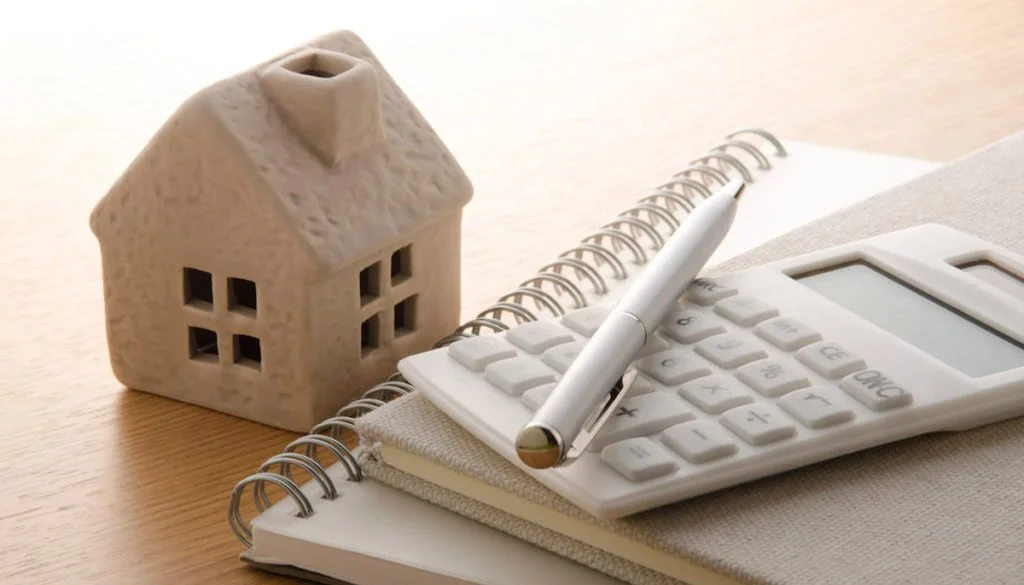Overseas Demand for Australian Property Falling
/Foreign investment approvals for Australian residential real estate has dropped by almost 50% this financial year to $25bn, according to the Foreign Investment Review Board’s (FIRB) 2016-17 annual report.
The FIRB report says this was likely a spill over from the introduction of application fees in 2015, tighter Chinese capital controls reducing the outflow of cash and state-based taxes on foreign investors. But it might also demonstrate a “weakening in underlying foreign demand” with banks tightening lending to people earning foreign income and weaker market conditions, the report stated.
Australian Foreign Investment Review Board
Historically Australian government strategy, implemented via the FIRB, has been to funnel foreign investment in real estate into creating more housing stock. According to the report, that was the case this financial year with 85% of approvals being for new dwellings or vacant land for development. But we also know that there have been problems with compliance with this law due to poor oversight - many overseas buyers were simply ignoring the guidelines and buying local real estate anyway.
Last year’s federal budget outlined a new rule that restricts the number of dwellings that can be sold to foreigners to half of all dwellings in one development, among other stipulations. But there has also been a crackdown on compliance with some spectacular outcomes including the forced divestment of houses purchased outside the foreign investment rules.
Where’s the money coming from?
China outpaced the U.S. and Canada in both value and number of foreign investment approvals. In 2016-17, 9,714 Chinese applications were approved for a total of $38bn across various sectors, including mineral exploration and manufacturing, compared to 316 approvals from Americans for a total of $26bn.
China was also the leading source of approvals for residential real estate, accounting for $15.3m compared to $7.3m from Canada and $6.8m from the United States.








